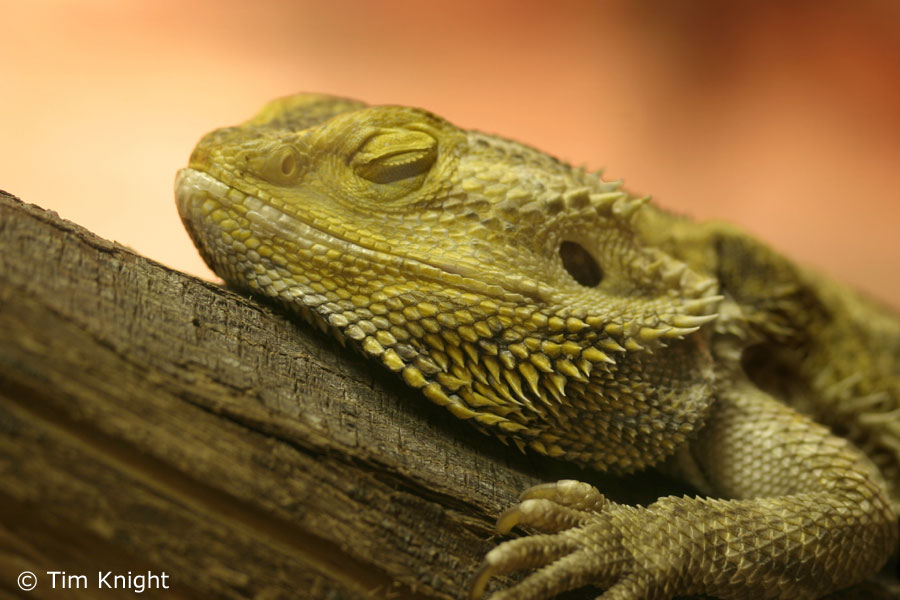The Ultimate Guide to Normal Bearded Dragons: Everything Beginners Need to Know
Meet the Normal Bearded Dragon: Your New Best Friend
Bearded dragons are a popular choice for beginner reptile enthusiasts because of their friendly nature and manageable size. Of the different bearded dragon morphs available, the normal bearded dragon is the most common and usually the most affordable. In this guide, we’ll take a closer look at what you can expect from your new normal bearded dragon pet and how to give it the best care possible.
Appearance
The normal bearded dragon is a medium-sized lizard that can grow up to 20-24 inches in length. They have a triangular-shaped head, stout body and sharp claws. Their most distinctive feature is the spiny beard-like projection under their chin that can puff up when they feel threatened, hence the name bearded dragon. Normal bearded dragons have a sandy-brown color with darker stripes and a lighter underbelly.

Habitat
As desert-dwelling reptiles, normal bearded dragons will need a warm and dry habitat with sunlight or UVB lighting to thrive. A 40-gallon tank or terrarium will provide enough space for one adult bearded dragon. The tank should have a basking spot with a temperature of 95-110 degrees Fahrenheit, a cooler side of 75-85 degrees, and a gradient in between. A reptile hide or shelter, as well as some logs or rocks for climbing and basking, can also be added to make the habitat more comfortable and stimulating.

Feeding
Normal bearded dragons are omnivores, which means they eat a combination of insects, vegetables, and fruits. You can offer your pet bearded dragon live insects such as crickets, mealworms, and dubia roaches as the main source of protein. Be sure to dust the insects with calcium and vitamin D3 powder before feeding them to your bearded dragon. For vegetables and fruits, offer a variety of dark leafy greens, carrots, squash, berries, and mango in small pieces. Avoid feeding your bearded dragon insects caught in the wild as they may carry diseases or harmful chemicals.

Behavior
Normal bearded dragons are generally docile and friendly. They enjoy basking in the sun, taking naps, and exploring their habitat. However, they may also display territorial behavior towards other lizards or pets, especially during breeding season. Be sure to supervise interactions between your bearded dragon and other animals. It’s also important to handle and socialize with your bearded dragon regularly to help it get used to human touch and reduce stress.

Health Issues
Like all pets, bearded dragons can experience health issues that require attention from a veterinarian. Some common problems include respiratory infections, impaction from ingesting substrate or foreign objects, and parasites. To keep your normal bearded dragon healthy, make sure it has a clean and comfortable habitat, a balanced diet, and proper lighting and heating. Also, observe any changes in behavior, appetite, or appearance and consult with a reptile veterinarian if necessary.

Conclusion
Normal bearded dragons are great pets for beginners and experienced reptile owners alike. They are easy to care for, friendly, and fascinating to observe. By providing your bearded dragon with a suitable habitat, a balanced diet, and regular interaction, you can ensure that it thrives in captivity. With proper care, your normal bearded dragon can live for up to ten or more years as a loyal and beloved pet.
